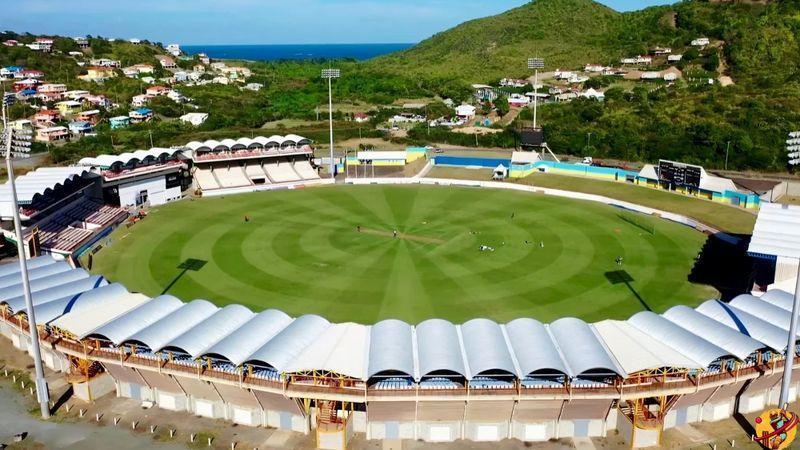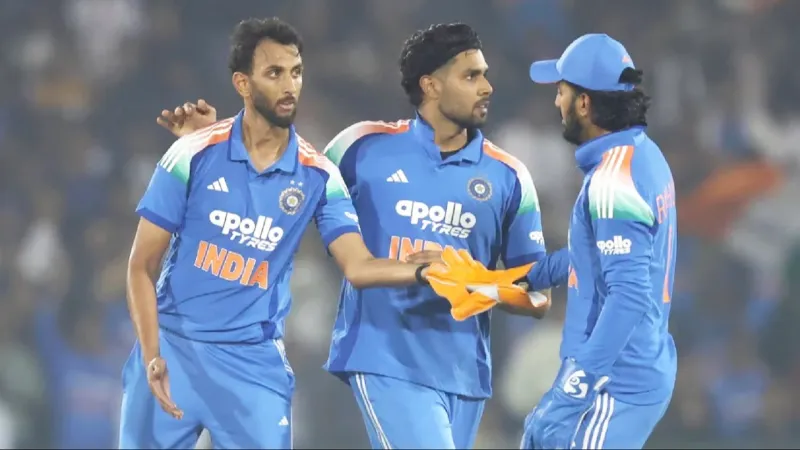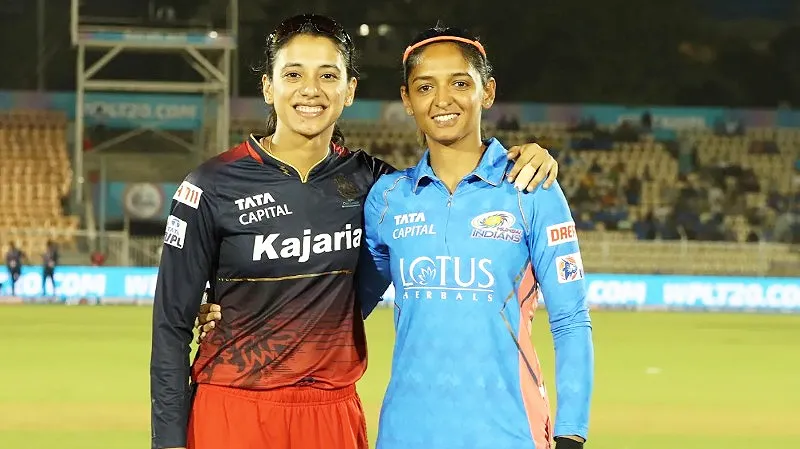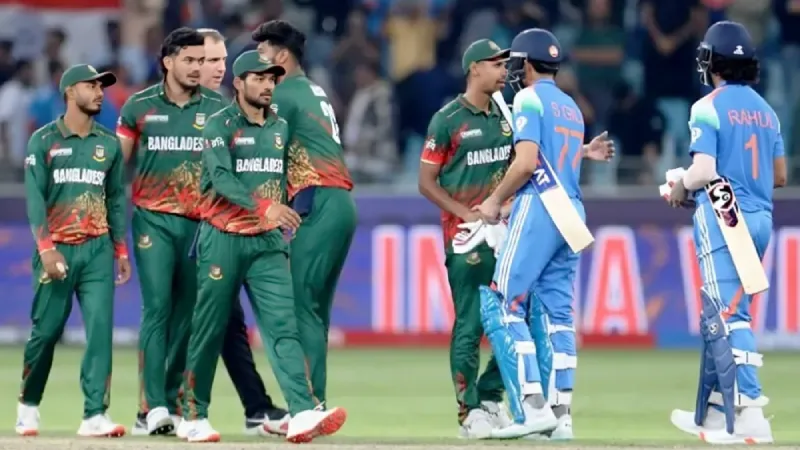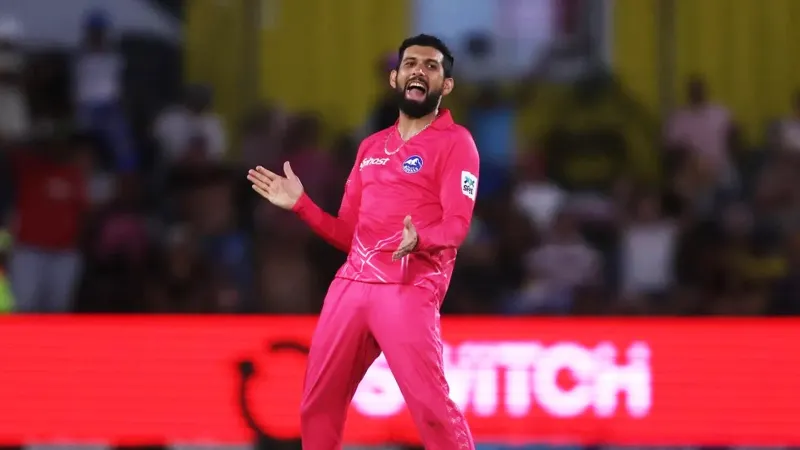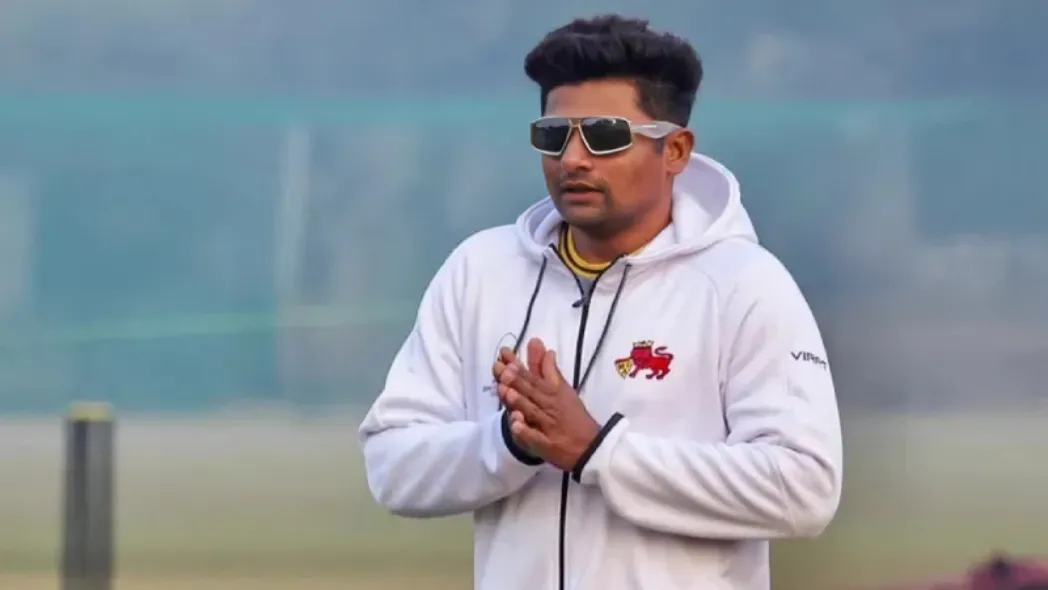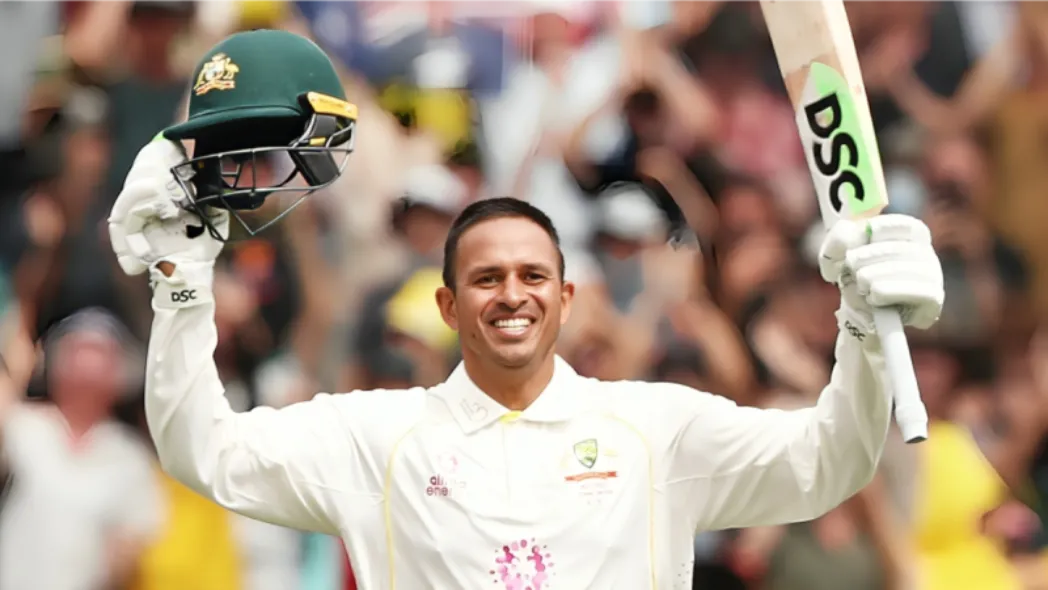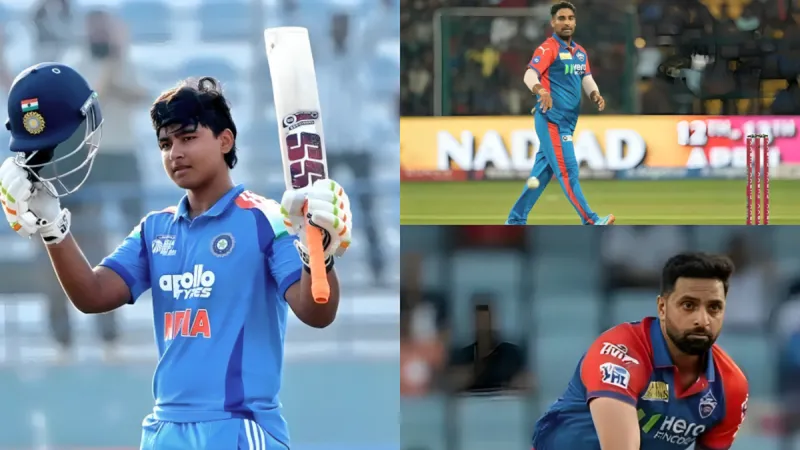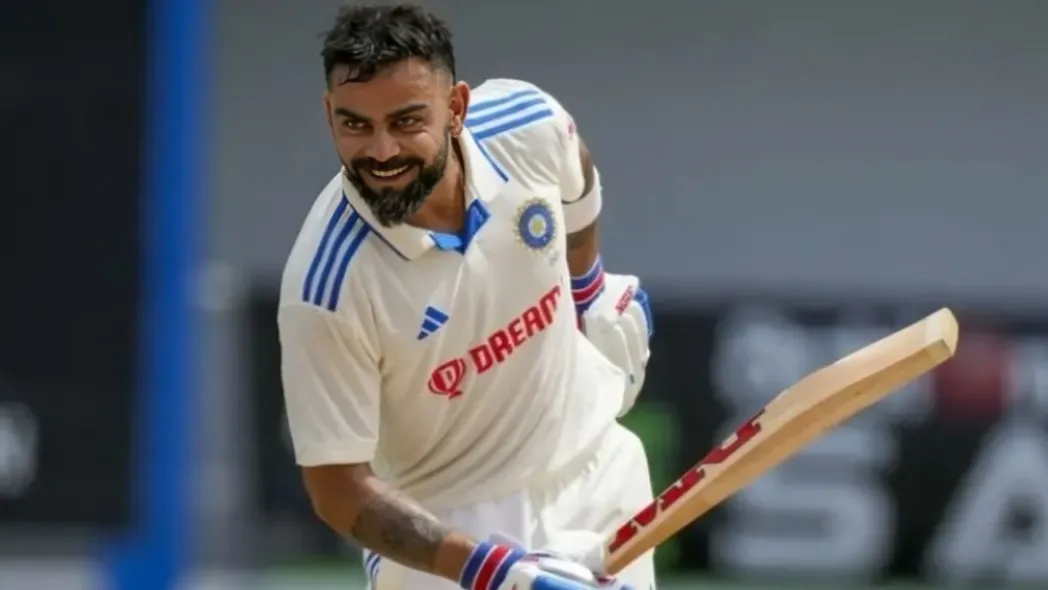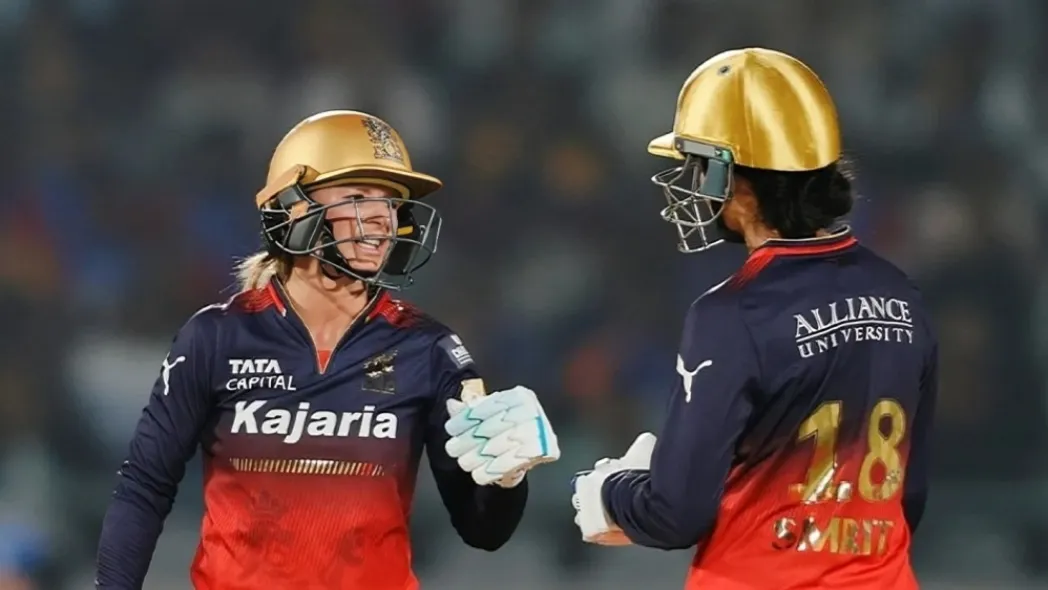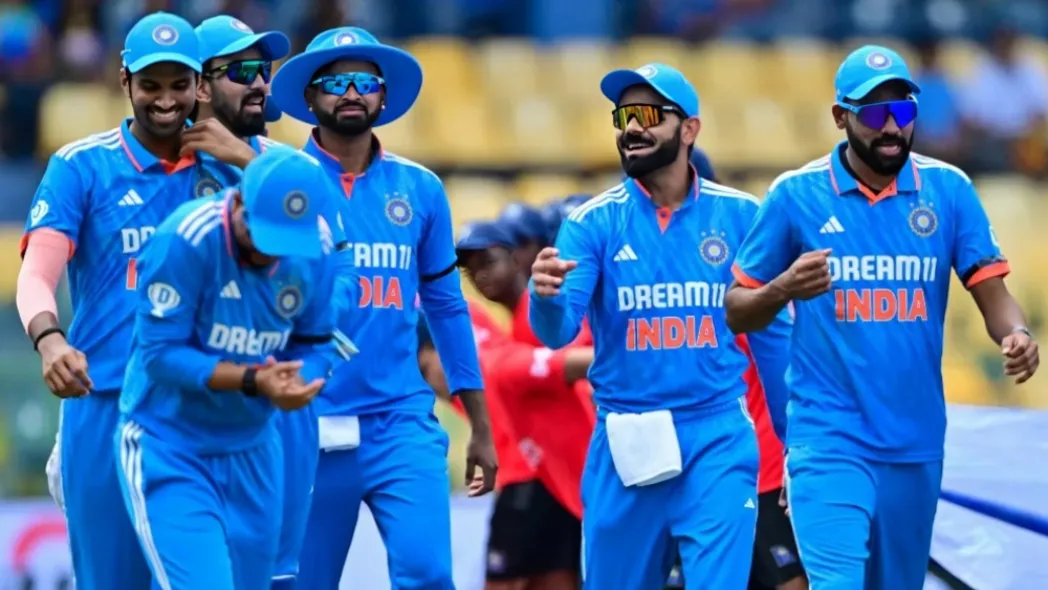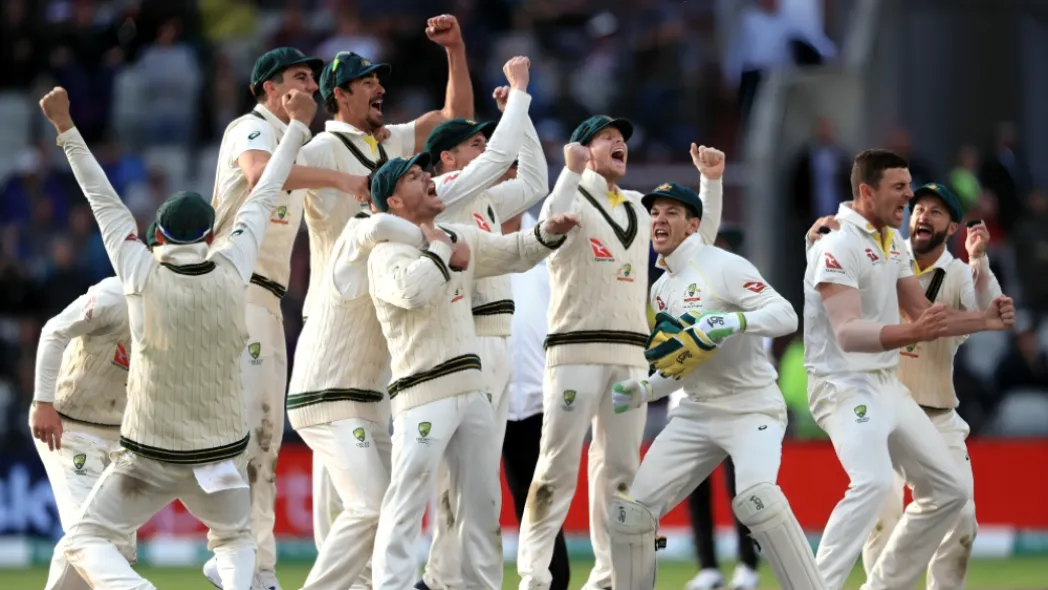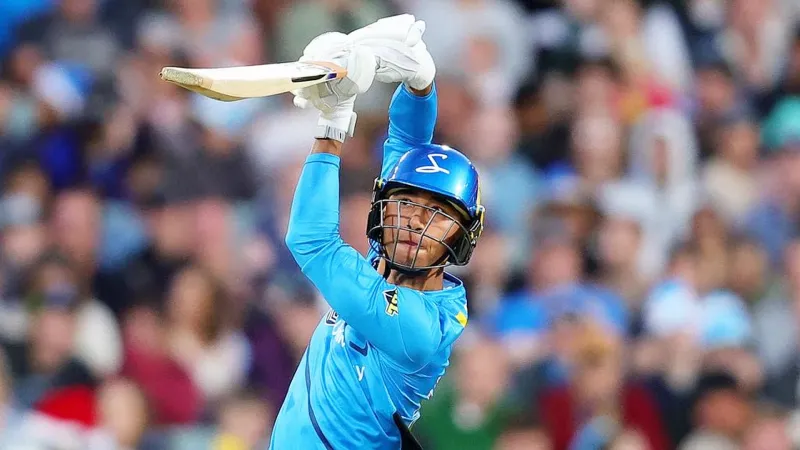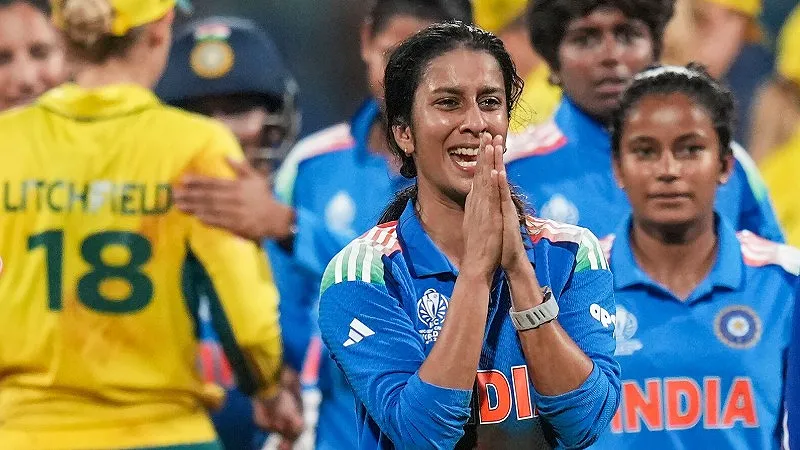The Darren Sammy Cricket Ground in St Lucia has proven to be a challenging venue for the T20 World Cup, primarily due to the significant influence of wind conditions on match dynamics. As we approach the Super 8 stage with West Indies taking on England, it becomes crucial to dissect how these wind conditions can affect team strategies and overall gameplay.
The wind at this venue typically blows in from the east, across the ground, from the party stand towards the Johnson Charles stand. This crosswind has already demonstrated its potential to alter the course of matches, influencing team selections and strategies. Chennai Super Kings coach Stephen Fleming highlighted the importance of selecting bowlers who can exploit these conditions effectively. He mentions the need for defensive bowlers who can utilize the wind to their advantage, as well as ensuring that batters are hitting into or with the wind, depending on their strengths and the game situation.
One of the key strategic considerations is how the wind affects the dimensions of the ground. While one side may have shorter boundaries, the wind can effectively negate this advantage by either aiding bowlers defending that side or helping batters clear longer boundaries on the opposite side. Fleming alludes to the fact that the wind can protect the shorter boundary, making it harder to score from that direction.
In the context of the upcoming West Indies vs England match, which will be played on the same strip as the game between West Indies and Afghanistan, the wind is expected to blow across towards the bigger boundary. This could potentially affect the way batters approach their innings and how bowlers set their fields and bowl their deliveries.
Nicholas Pooran’s innings of 98 against Afghanistan showcased how batters can still clear the boundary despite the wind, highlighting the need for bowlers to be adaptable and smart in their strategies. England’s Maurice Topley, known for swinging the ball back into right-handers, believes the wind might aid his swing and make it more effective.
Aqeel Hussain from the West Indies, with his left-arm drifters, will look to exploit the wind to his advantage. Left-arm bowlers, particularly spinners, can use the wind to generate more drift and dip, making it harder for batters to read and hit them effectively.
While wind conditions might seem like a minor detail, they play a crucial role in the outcome of matches at the Darren Sammy Cricket Ground. Team strategies, selection of bowlers, and even batting approaches are heavily influenced by how the wind interacts with the dimensions of the ground. Both West Indies and England will need to carefully plan and execute their strategies, taking into account the ever-changing wind patterns that can turn a game on its head.
The Darren Sammy Cricket Ground’s wind conditions promise to add an extra layer of excitement and challenge to what is already an exhilarating T20 World Cup. It’s not just about power-hitting and bowling variations but also about how players and teams adapt to the natural elements. Ultimately, the team that best harnesses the wind’s potential might just find themselves with an advantage come Wednesday night.
For more, visit JeetBuzz News to read our quality Cricket Blog updates. Explore if you want to reminisce and enjoy all of your favourite cricket players and nostalgic match moments. To ensure that you never miss out, keep updated and join in the fun!

